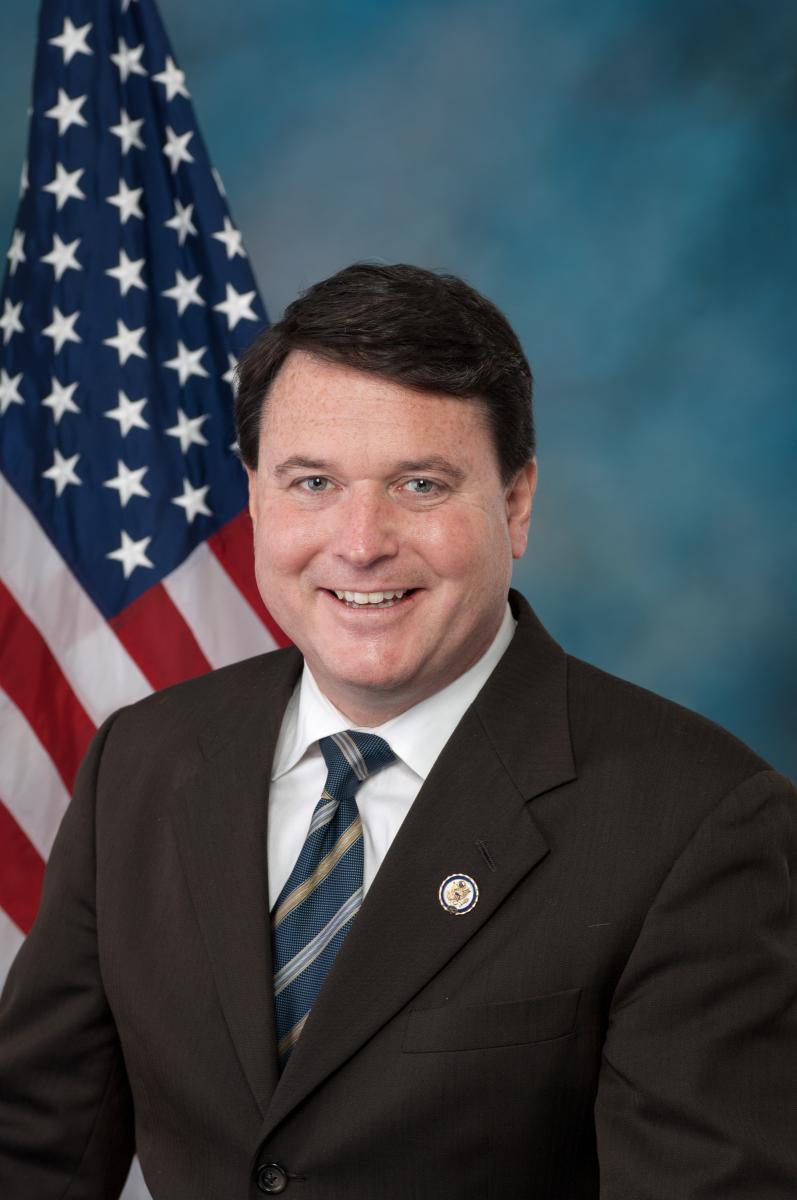DISCOVER YOUR LOCAL BICYCLING COMMUNITY
Find local advocacy groups, bike shops, instructors, clubs, classes and more!
Automated Cars: Safer for Bikes?
 Some automakers, like Nissan, predict automated cars will be publicly available by 2020. Other automakers, like Volvo, and some non-automotive companies, like Google, predict they will be available even sooner, perhaps by 2017. As advanced vehicle technologies take over the driving of cars, what does this advancement means for bicyclists, pedestrians, and others who share the road with those cars?
Some automakers, like Nissan, predict automated cars will be publicly available by 2020. Other automakers, like Volvo, and some non-automotive companies, like Google, predict they will be available even sooner, perhaps by 2017. As advanced vehicle technologies take over the driving of cars, what does this advancement means for bicyclists, pedestrians, and others who share the road with those cars?
Active safety technologies have been around for years, and include established technologies such as anti-lock braking systems, but recent advancements in sensors, cameras, vehicle control systems, and in-car interfaces provide new possibilities to mitigate and reduce the 90% of automotive crashes that are due to driver errors. These technologies — such as lane-departure warning systems, pedestrian and bicyclist detection, collision imminent braking, lane change assist, and eventually vehicle automation — promise a world where vehicles avoid collisions rather than merely help their occupants survive them.
Due to the great potential for safer roads that may accompany these technologies, it’s important that bicyclists engage to ensure that their promise of a safer road is realized for all road users.
As a community, bicyclists and bicyclist-related groups should welcome the potential benefits of these technologies, but be vigilant in ensuring that these advancements benefit everyone. One of the ways that we can support these technologies is by supporting consumer awareness and choice. When drivers think of safer cars, they should be able to easily understand how each car is safer for themselves and others on the road.
A new bill — HR 4340: The Safety Through Informed Consumers Act (STICRS) — introduced by Representative Todd Rokita (R-IN) brings parity to our current crashworthiness rating system, so that active safety technologies appear on window stickers next to crash rating systems for seatbelts and air bags. By making people more aware of the ways in which they can have a safer vehicle for themselves and others on the road the STICRS Act will help move active safety technologies forward and address the new safety challenges and opportunities of an increasingly connected and diverse group of road users.
At a recent Congressional Roundtable Lunch, Congressman Tom Petri (R-WI), Chairman of the House Transportation and Infrastructure Subcommittee on Highways and Transit, talked up the coming revolution in vehicle safety and efficiency. The great opportunities provided by these technologies present a challenge to Congress because of the fast pace of technological change and the current regulatory structure that might impede adoption. Congressman Petri made clear that adoption of these active safety technologies should be market-led and has many consequences and implications for the future.
The League has endorsed HR 4340 because providing more information through laws like the STICRS Act will help create the market for these technologies. And being at the table and engaged with implementers and decision makers will help ensure that these technologies benefit everyone who uses our roadways, especially bicyclists.
Photo: Representative Todd Rokita (R-IN)